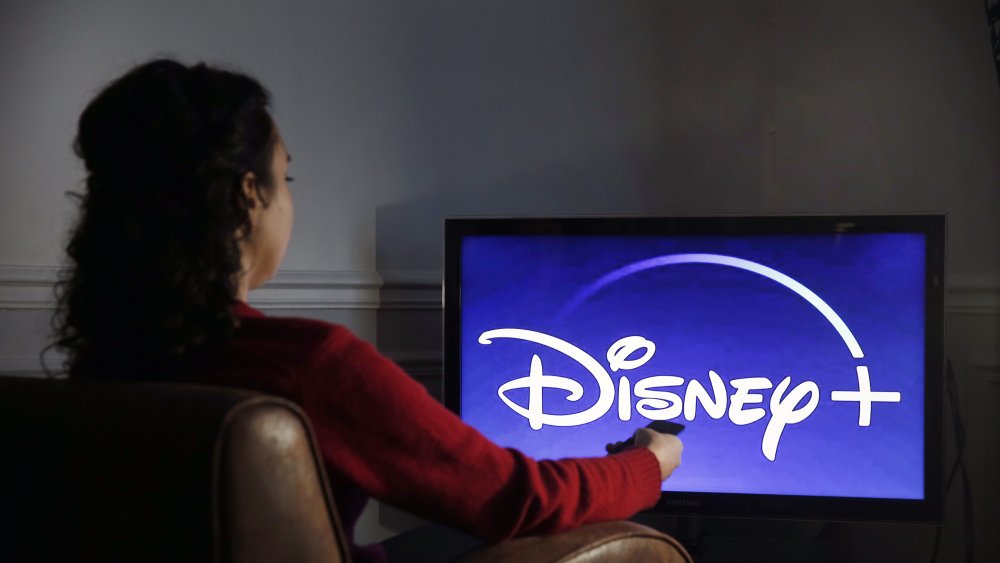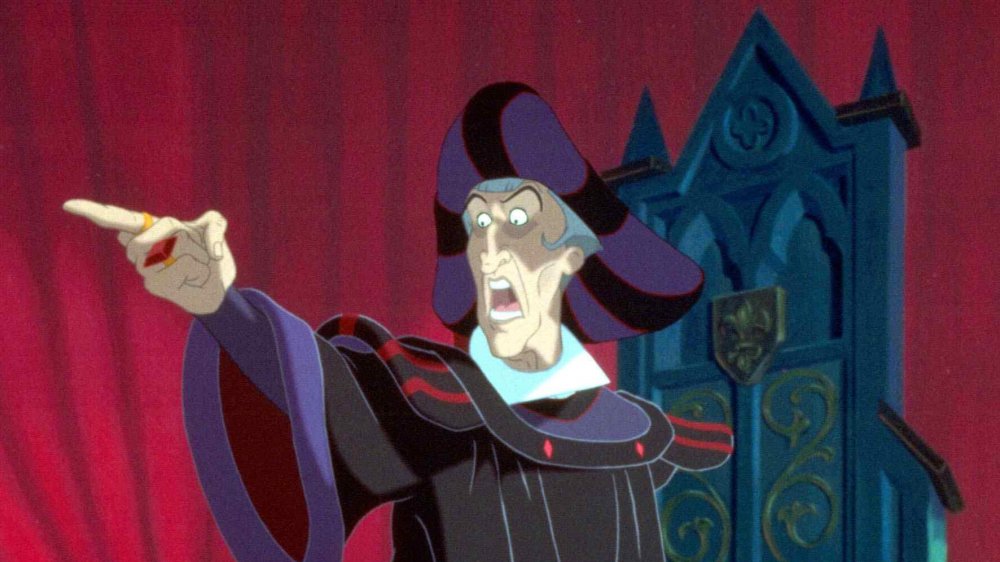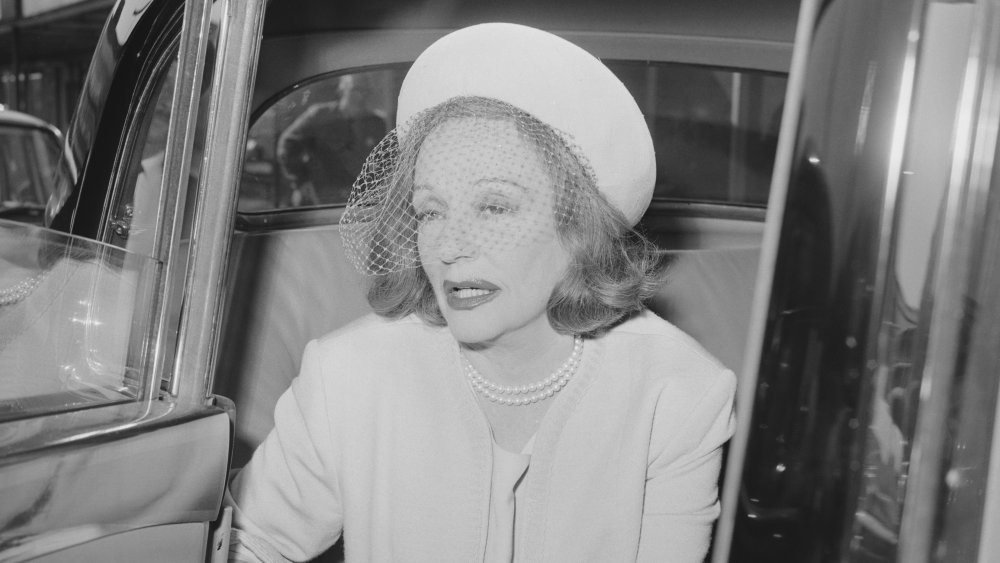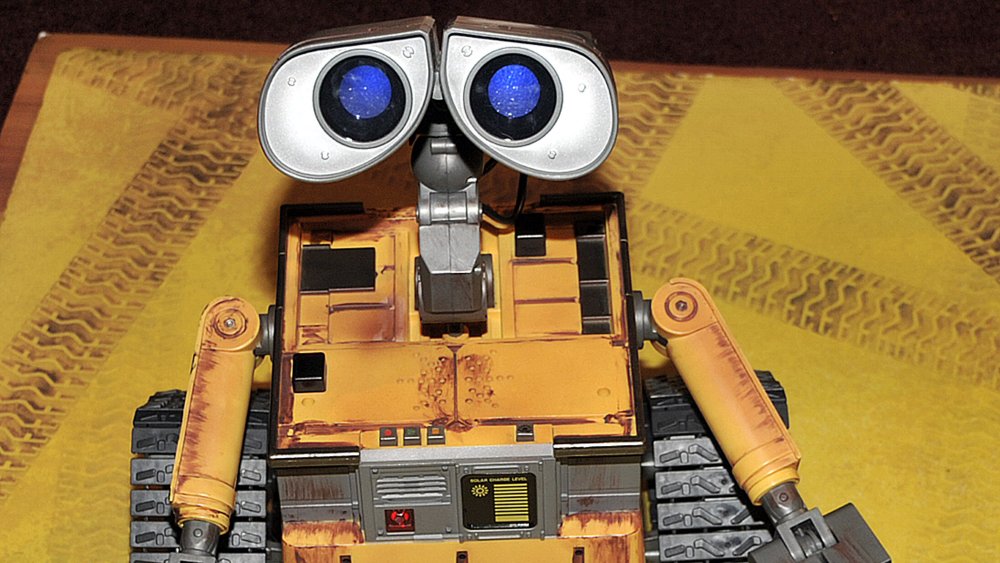What Only Adults Seem To Notice About Disney Villains
We loved them as children for the magic and romance, but as adults, we start to notice more complexity and nuance in the Disney movies we grew up with; the villains that once simply seemed like "bad guys" to our simpler childhood minds take on more shades of grey and more interesting context than we may have appreciated when we were younger. This appeal to more mature audiences was likely intentional for the creators of these classic films, as Walt Disney himself once said, "You're dead if you aim only for kids. Adults are only kids grown up, anyway" (via The Telegraph).
Well, there are many grownup Disney fans who are picking up on the parts of these movies geared toward their more mature selves, and it's allowing them to look at the villains they once feared simply for being "bad" in a new light. Whether references to historical characters, motivations children wouldn't understand, or voice actors only familiar to adults, it turns out these characters have a lot more going on that meets the eye.
Some villains' motivations and actions were very adult themed
We always found Claude Frollo of The Hunchback of Notre Dame particularly creepy and frightening, and now as adults we know why. His problem is a heavy dose of self-loathing religious guilt and what modern feminism calls toxic masculinity. A justice minister who believes anything sexual to be sinful, Frollo's motivation for persecuting the beautiful Esmerelda is his lust for her. He calls her "disgusting filth" for daring to tempt him to sin simply by existing. His song "Hellfire" is him begging for God's forgiveness for feeling such intense lust. Like we said: toxic masculinity, rape culture, misogyny, and modesty culture wrapped up into one gross villain. We're surprised this made it into a kids' movie, and at the time of its release, the media was too. In 1996, The Los Angeles Times reported letters from parents questioning this exact thing.
Another villain more disturbing than children might understand is Scar from The Lion King. While Scar echoes Claudius from Hamlet (wants to kill his brother the king and his nephew the prince so that he himself can take the throne), what's most disturbing are all of the references to Nazi Germany that surround him. During the song "Be Prepared," Scar's hyena army marches in a goose-step formation while beams of light, much like those used at Nazi rallies, illuminate the scene. This was intentional, as an animator for the film doodled Scar as Hitler during a drawing session (via Business Insider).
Some villains were based on real historical people
Prince John of Disney's Robin Hood, portrayed as a thumb-sucking lion, was based on an actual (and terrible) king of England. King John ruled 17 years between 1199 and 1216, and during that time lost critical lands in France and sent England into financial ruin. While there's not much actual historical evidence connecting John and Robin Hood, the character lives on in the legend and, comically, in the 1973 Disney classic (via Ancient History Encyclopedia).
The villain in Disney's Pocahontas, John Ratcliffe, was also based on a real character. The real Ratcliffe was an early settler to America and eventually became the second president of the Jamestown colony in the colony of Virginia. While in the movie, Ratcliffe's greed and disregard for the lives of the Native Americans he encountered ended with his arrest return to England, the real Ratcliffe met a worse end and was killed (via Britannica).
Cruella de Vil, the fur-clad villain of 101 Dalmatians, was inspired by Tallulah Bankhead, an actress once known for playing intimidating women. In a 1985 piece for the Los Angeles Times, animator Marc Davis shared that Bankhead inspired him to draw Cruella the way he did, and in the same piece, Cruella's voice actress, Betty Lou Gerson, said, "In the first recording session, they told me to see what I could come up with. The first voice I tried sounded a bit like Tallulah Bankhead. Everybody said, 'That's it, don't change it!'"
Some villains are references to classic villains of other films and myths
AUTO, the villainous AI steering wheel from Wall-E, is evocative of HAL-9000, the antagonistic computer from the film 2001: A Space Odyssey. The robot's giant, glowing red circle is a clear reference to the character, and the two share a determination to take over the ship from their human superiors (via New York Times). If you still have doubts, consider the soundtrack of the showdown between the Captain and AUTO, which employs the Richard Strauss composition "Also Sprach Zarathustra," the same song memorably used in 2001: A Space Odyssey.
The aliens in Chicken Little also pay homage to earlier science fiction. While the aliens eventually show themselves in their true form, for most of the movie they are lurking inside huge robots with long mechanical legs that viewers familiar with the work of H.G. Wells will find evocative of the creatures featured in the original War of the Worlds (via RogerEbert.com).
And in Fantasia, the star of the scene called "Night on Bald Mountain" that gave us all collective nightmares was named Chernobog. The demon of darkness perched atop the mountain and animated to look a great deal like the modern interpretation of Satan was in fact based on an ancient mythical character also named Chernobog. The creature, whose name means "black god," comes from ancient Slavic mythology where he is known as "the lord of evil" (via Godchecker).



